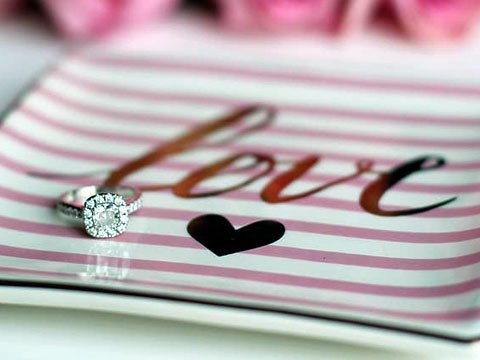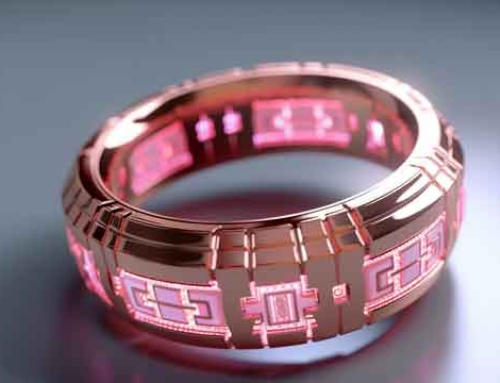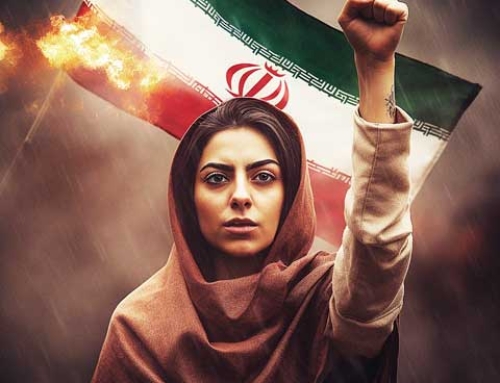2019 has been a challenging year for players in the diamond business. Falling prices, plummeting revenues, uncertainty surrounding synthetic diamonds . . . The industry was put under pressure.
The giant De Beers saved the honor. In December, the Anglo American-owned company sold $425 million worth of diamonds. A 20% drop from the previous year, but a better performance than in November. Last month’s figures raised some questions about market dynamics.
This latest lackluster performance is in line with the year for the diamond business as a whole. In a context of overabundant supply of stones, diamond producers saw prices fall by nearly 5% and their margins squeezed.
Consumption stability
Yet “from a consumption point of view, the year was rather stable,” explains Grégoire Baudry, partner at Bain & Company. “But a few disturbances, particularly in Hong Kong, caused demand to drop occasionally. In a fragmented industry with no visibility over the entire value chain, the impact was amplified,” explains the expert.
Several factors are behind this overabundant supply. First, the industry of middlemen (who cut and polish stones) is facing financing difficulties, particularly in India. These cash-strapped middlemen have overreacted to the one-off declines in demand this year. In panic, they have sought to offload their diamond stocks, fueling pressure on prices. As a result, miners’ incomes plunged 25% in 2019, according to Bain & Company.
The tensions can also be explained by an extraction peak two years ago. “The year 2017 saw record production,” recalls Jean-Marc Lieberherr of the Diamond Producer Association. “It takes two years on average between the extraction of a diamond and its sale. The supply is congested at a time when the midstream is massively de-stocking,” explains Jean-Marc Lieberherr.
Slow absorption of excess supply
Bain & Company estimates that the oversupply will not be eliminated until mid-2020. But in the longer term, i.e. for the following years, the consulting firm is optimistic and expects growth of up to 3%.
Jean-Marc Lieberherr agrees: “The desirability of diamonds has not changed“, even if “competition is increasingly intense“. The new customers, the millennials, have an ever tighter budget and, more than their elders, tend to make the trade-off with other luxury products.
The president of the association is counting on the strengthening of major brands, such as Tiffany, to drive the market and the diamond business, as well as the launch of new campaigns to make up for “the lack of investment in marketing over the last 10 years“.
Independent analyst Paul Zimnisky is pointing in the same direction. The campaign of the Diamond Producer Association and the efforts of the Russian giant Alrosa to extol the beauty of slightly fluorescent stones – traditionally considered inferior in quality – will be decisive for market dynamics in 2020.
Synthetic diamond at bargain basement prices
It remains to be seen what place will be taken by synthetic diamonds produced in laboratories. In this segment, which is growing by 15 to 20%, “a titanic war is currently being fought,” explains Grégoire Baudry, “it is possible that volumes will grow strongly, but at lower margins“.
On the one hand, players such as De Beers, which has launched its Lightbox brand of synthetic diamonds, do not hesitate to undercut prices in order to impose the idea in the minds of consumers that synthetic diamonds do not have the same value as natural stones. A way for the giant of the sector to protect its market. On the other hand, the promoters of synthetic diamonds are ready to accept a slight discount, but are counting on the more ecological and ethical image of synthetic diamonds to win over consumers.







